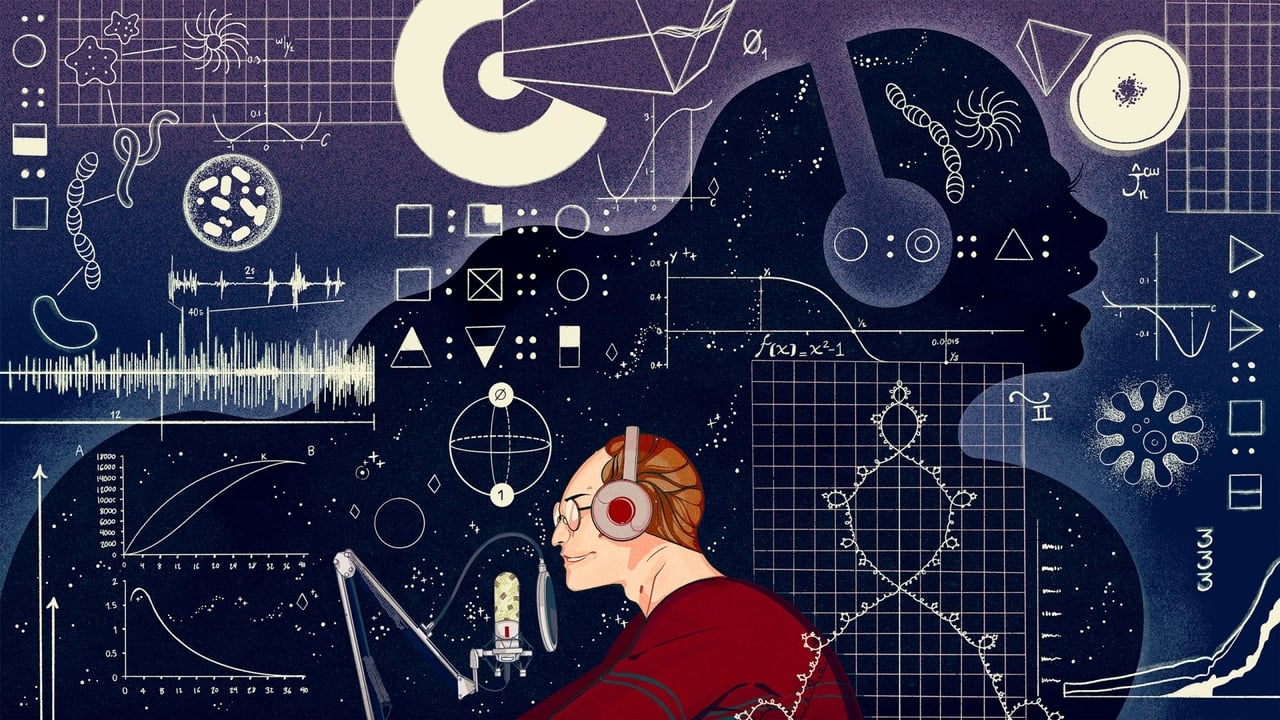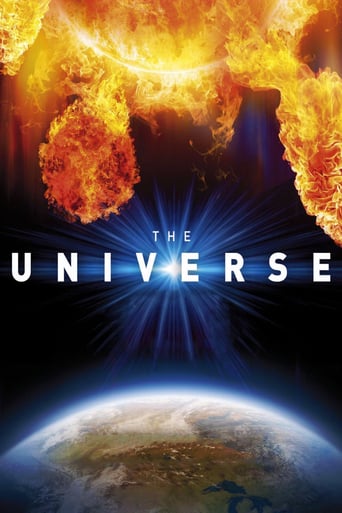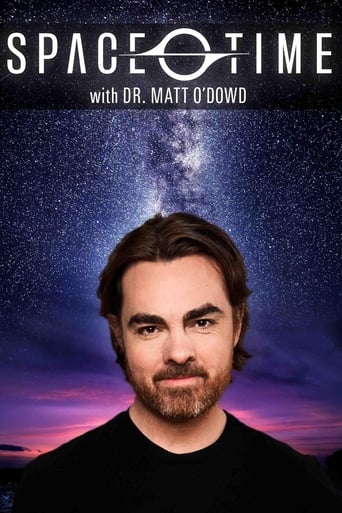Quanta Magazine Season 2019

Explore mind-bending developments in basic science and math research. Quanta Magazine is an award-winning, editorially independent magazine published by the Simons Foundation.
Watch NowWith 30 Day Free Trial!
Quanta Magazine
1
Explore mind-bending developments in basic science and math research. Quanta Magazine is an award-winning, editorially independent magazine published by the Simons Foundation.
Watch Trailer
With 30 Day Free Trial!
Quanta Magazine Season 2019 Full Episode Guide
Barbara Liskov addresses the challenges that confront computer science.
Virginia Trimble discusses how astronomy has changed over the course of her half-century career.
Wehner discusses the advantages of transmitting qubits rather than bits across a long-distance communication network.
Craig Callender explains why the connection between black holes and thermodynamics is little more than an analogy.
The behavior of algorithms is so complex and surprising that we need to study them as though they were animals in the wild.
Carlo Rubbia explains why he thinks particle physicists should take the next step by building a “Higgs factory.”
Greg Johnson, a computer vision researcher at the Allen Institute for Cell Science, explains how his deep learning vision systems can advance the state of cell biology
Lee Smolin explores the problem of understanding the universe from the perspective of being inside the universe, as well as the need for physicists to know philosophy.
The mathematician Amie Wilkinson explains how dynamics lets mathematicians explore the fundamentals of change.
Edward O. Wilson, professor emeritus at Harvard University, is the influential naturalist and evolutionary theorist who introduced the concept of “sociobiology,” as well as one of the world’s leading experts on ants. Here, he explains the relevance of evolved insect behaviors to human nature.
The brilliant physicist Richard Feynman devised a system of line drawings that simplified calculations of particle interactions and helped rescue the field of quantum electrodynamics.
Quanta’s In Theory video series returns with an exploration of the mysterious mathematical pattern found throughout nature.
The lauded astronomer Jim Gunn explains how a new spectrograph he is building will advance astronomy.
Jennifer Dunne of the Santa Fe Institute explains how reconstructions of food webs in past ecosystems help ecologists understand both the unusual niche of humans and new clues to a more sustainable civilization.
Jennifer Doudna, one of the coinventors of CRISPR technology, discusses how her work on bacterial defenses against viruses helped lead to a discovery with a revolutionary impact on biological research.
Meenakshi Wadhwa explains how meteorites illuminate the origins of Earth and the rest of the solar system.
Priyamvada Natarajan explains the role of supermassive black holes in the structure and evolution of the universe.
Physicists use the Navier-Stokes equations to describe fluid flows, taking into account viscosity, velocity, pressure and density. But because of turbulence in fluids, proving that the equations always make sense is one of the hardest problems in physics and mathematics.
Carolina Araujo describes the effort to build a network of women mathematicians in Brazil.
Google Brain’s Been Kim is building ways to let us interrogate the decisions made by machine learning systems.
Free Trial Channels
Seasons




































